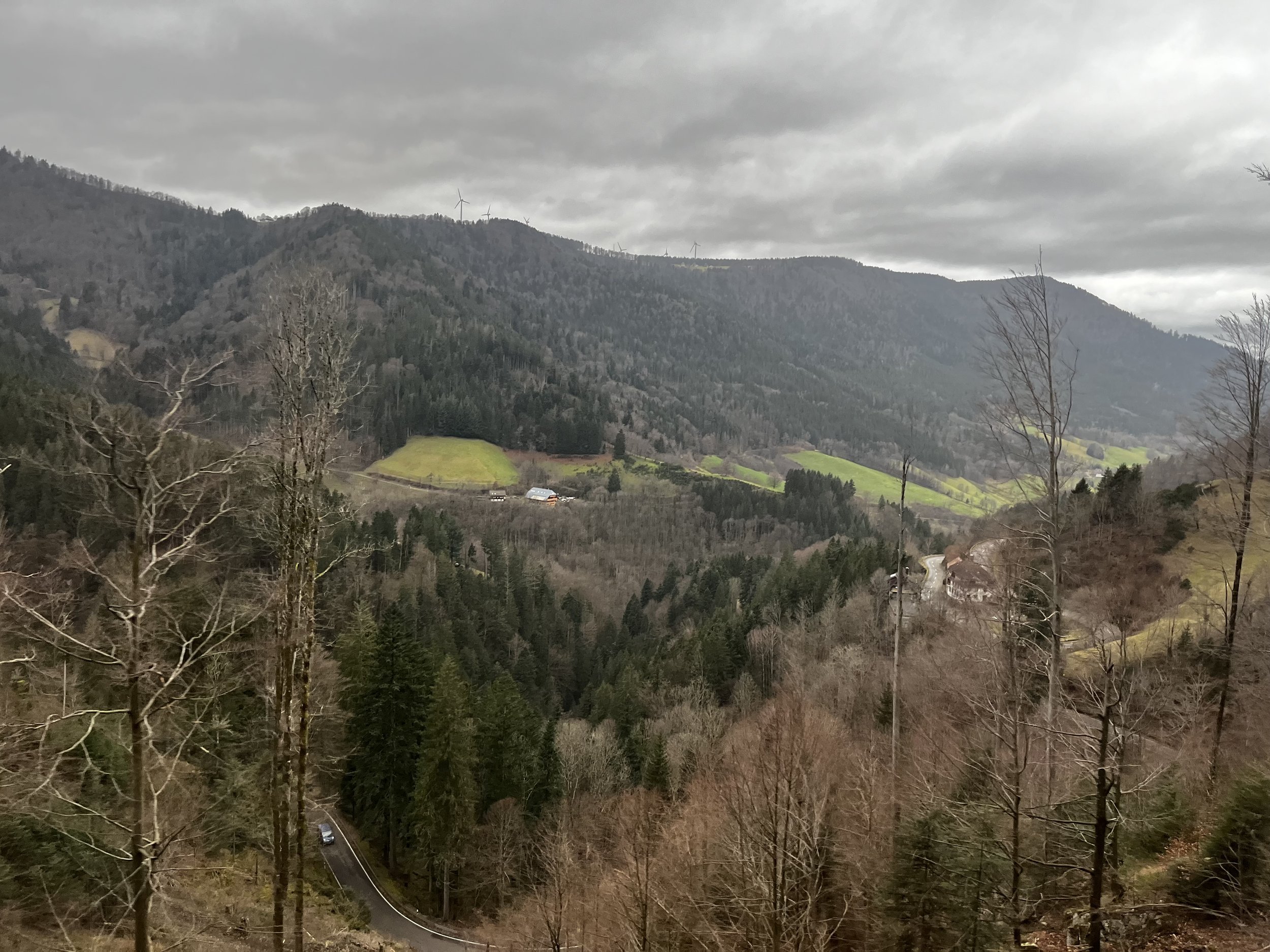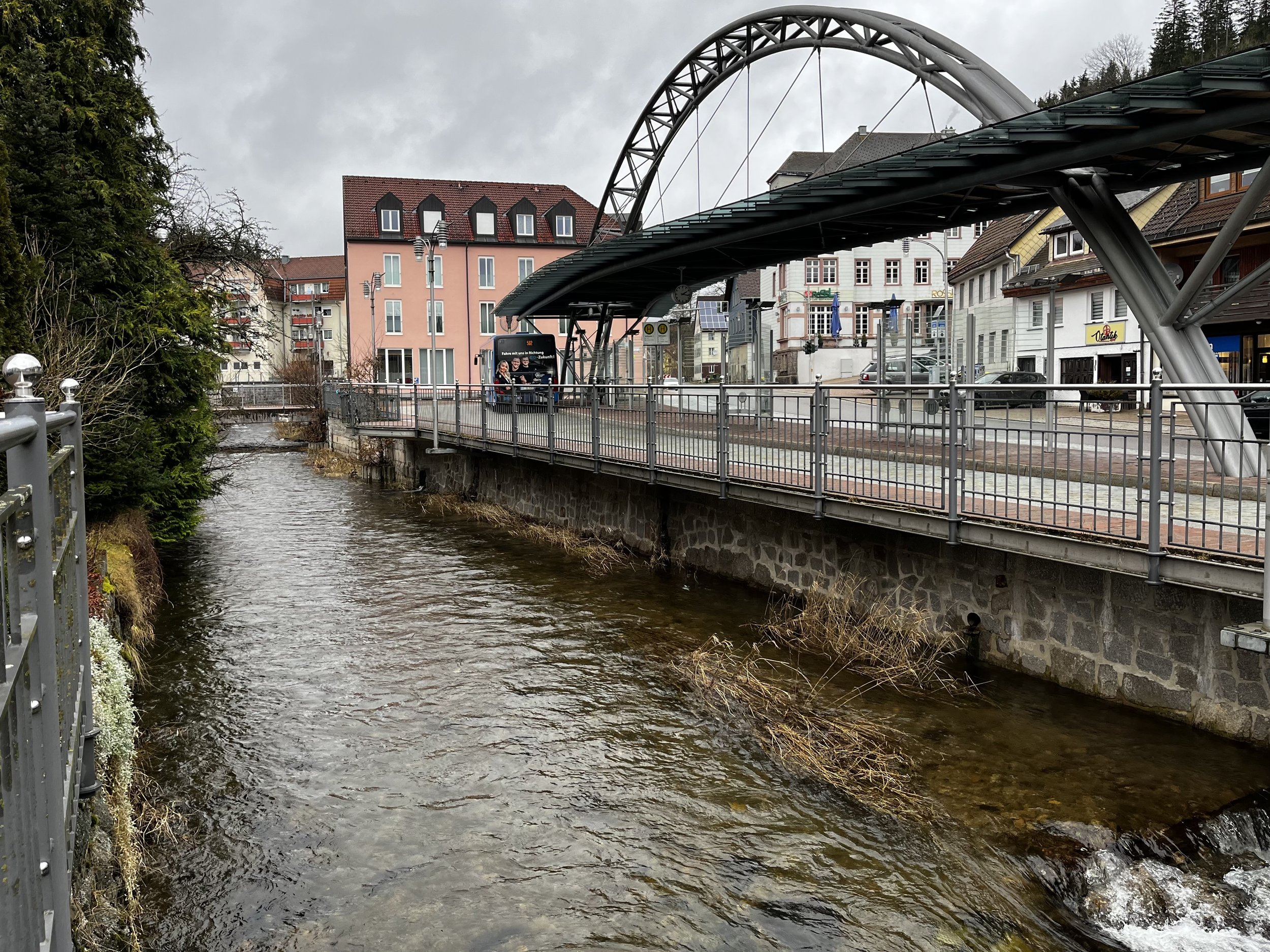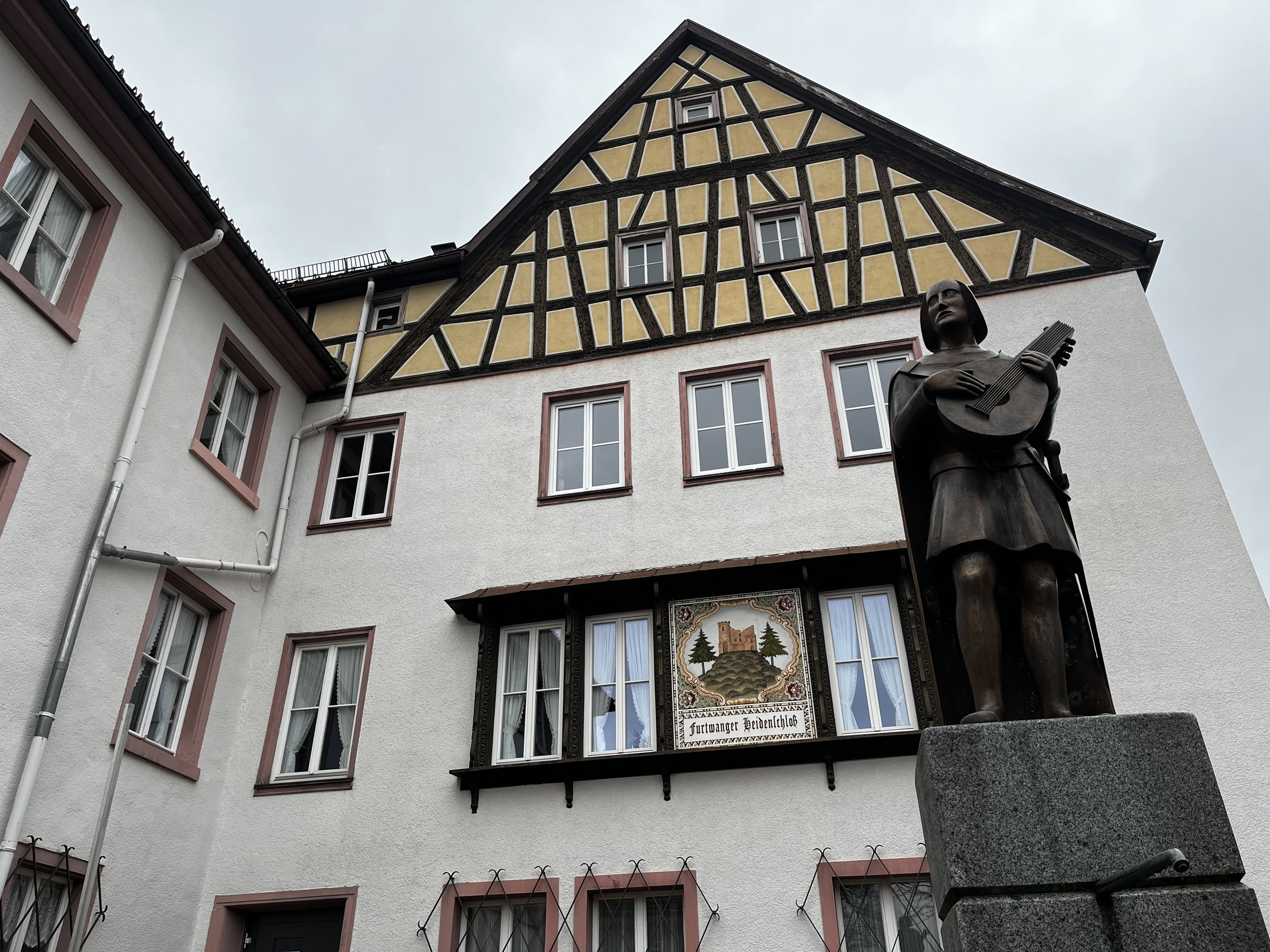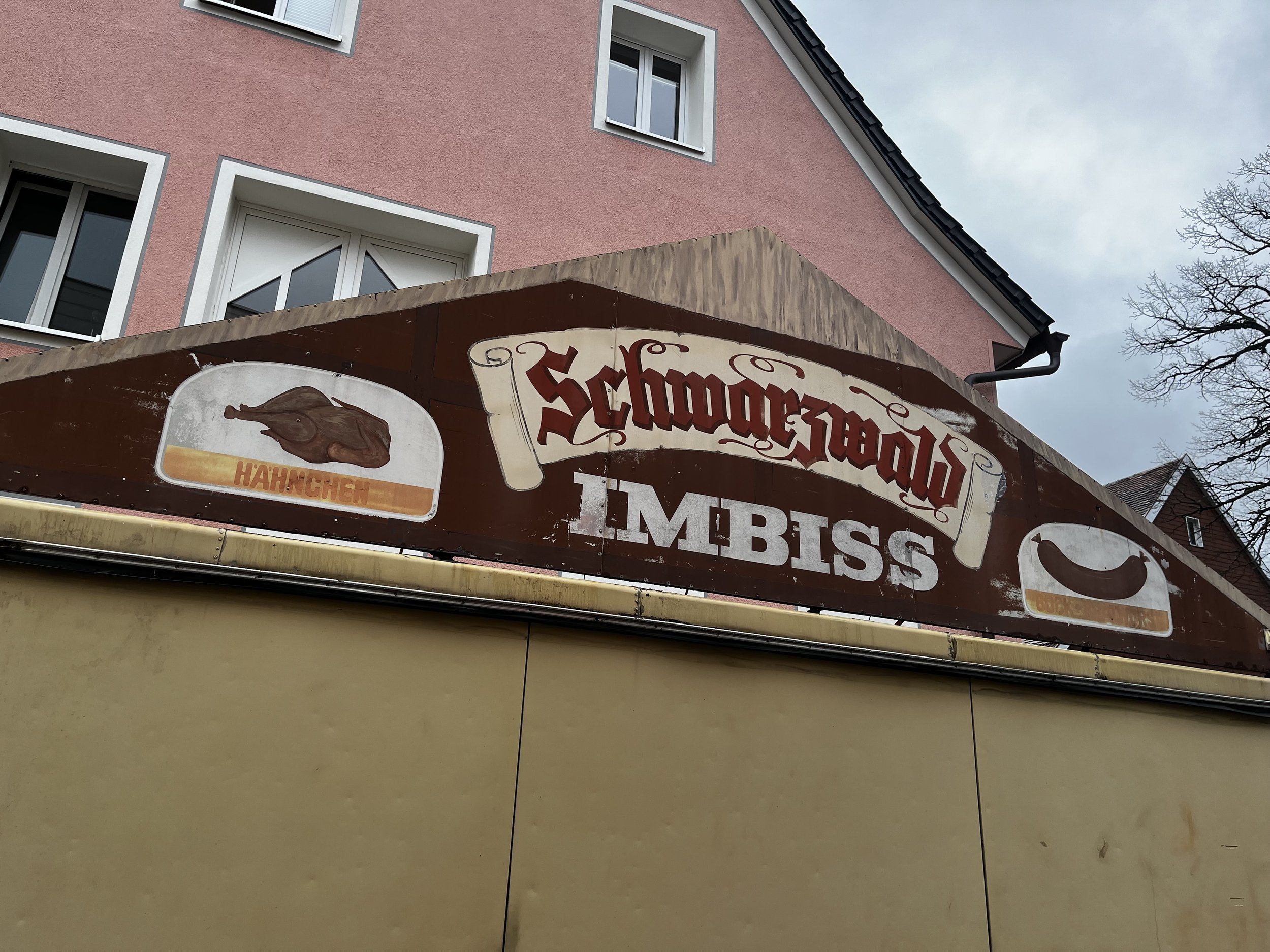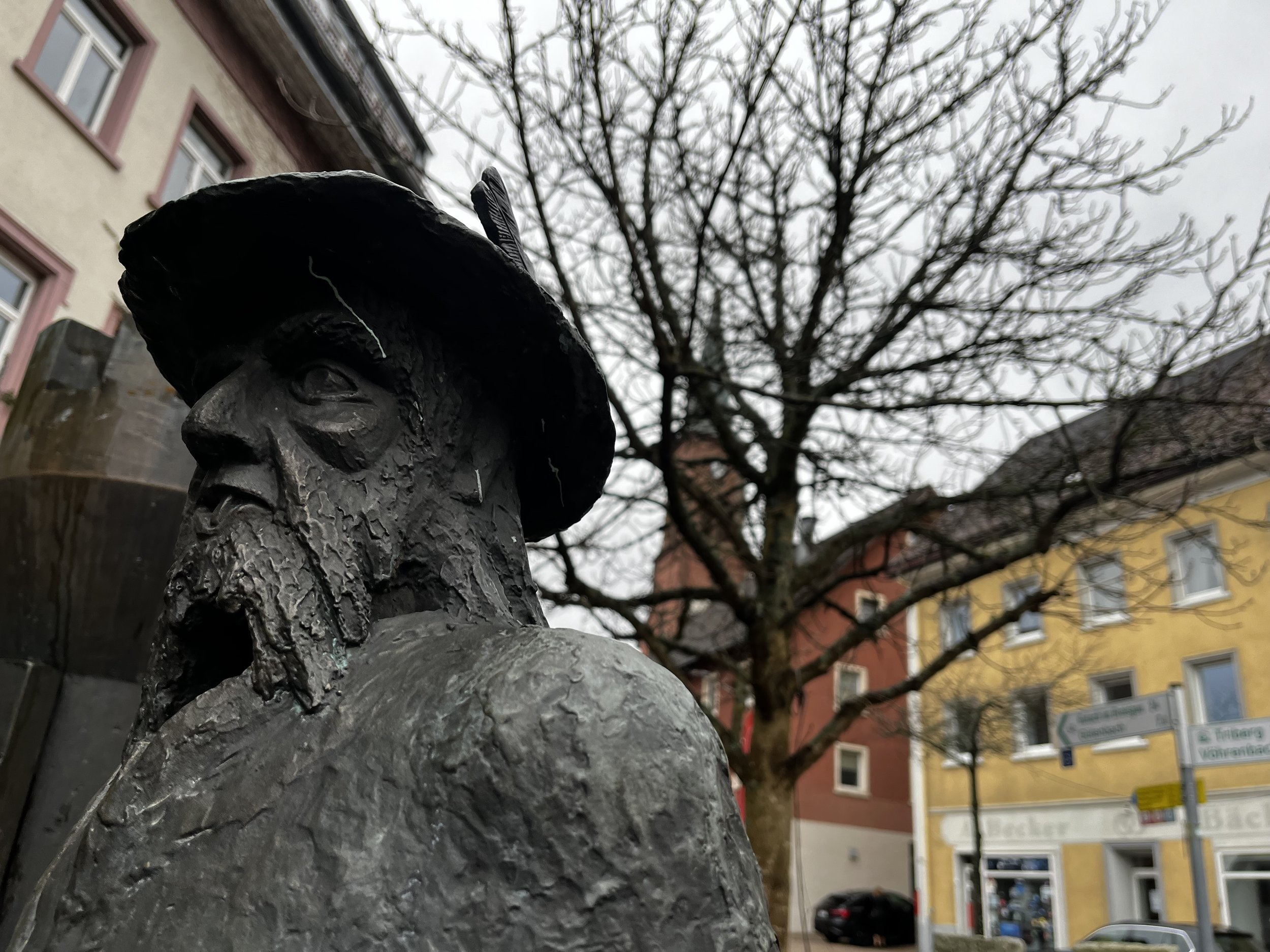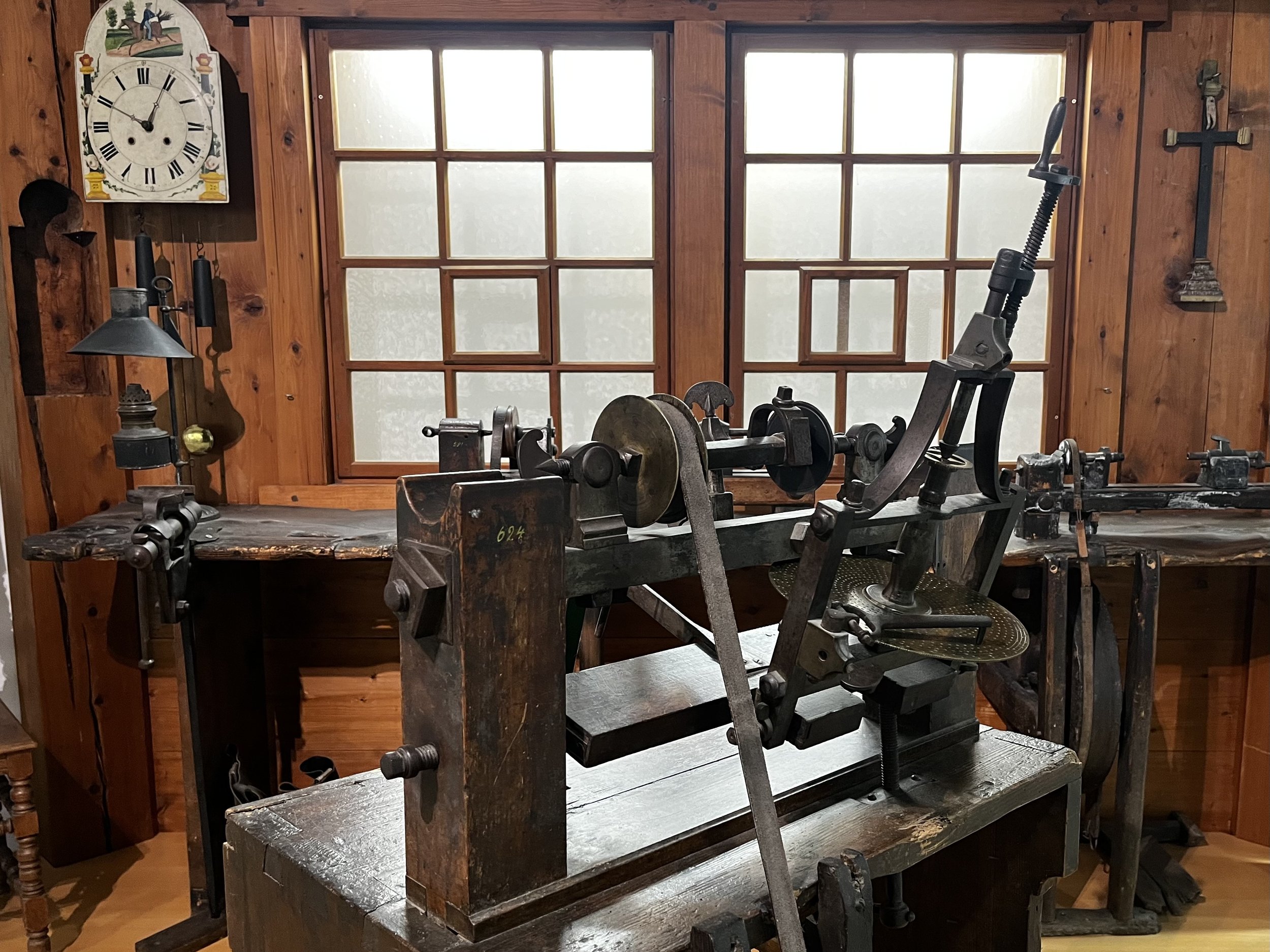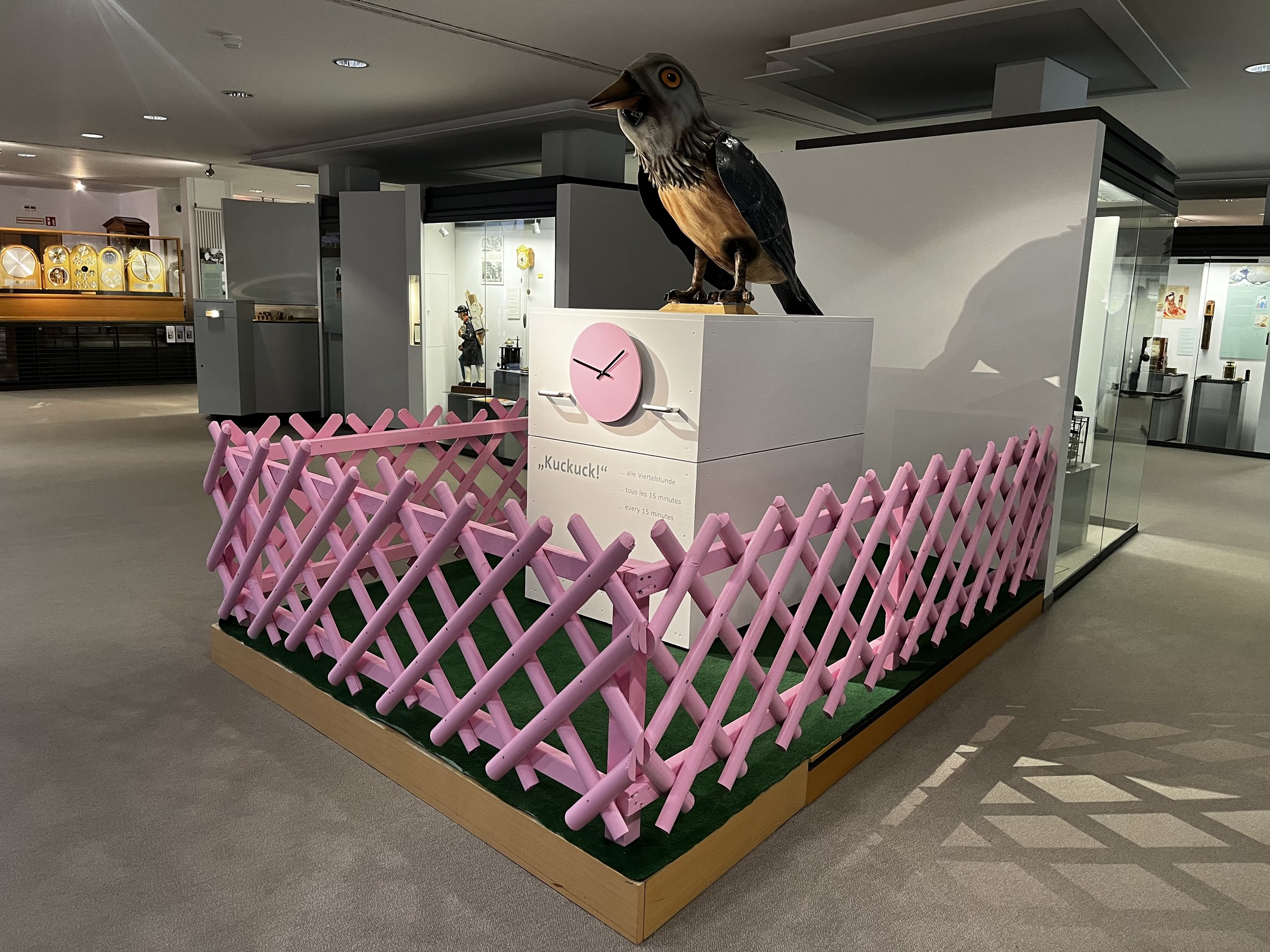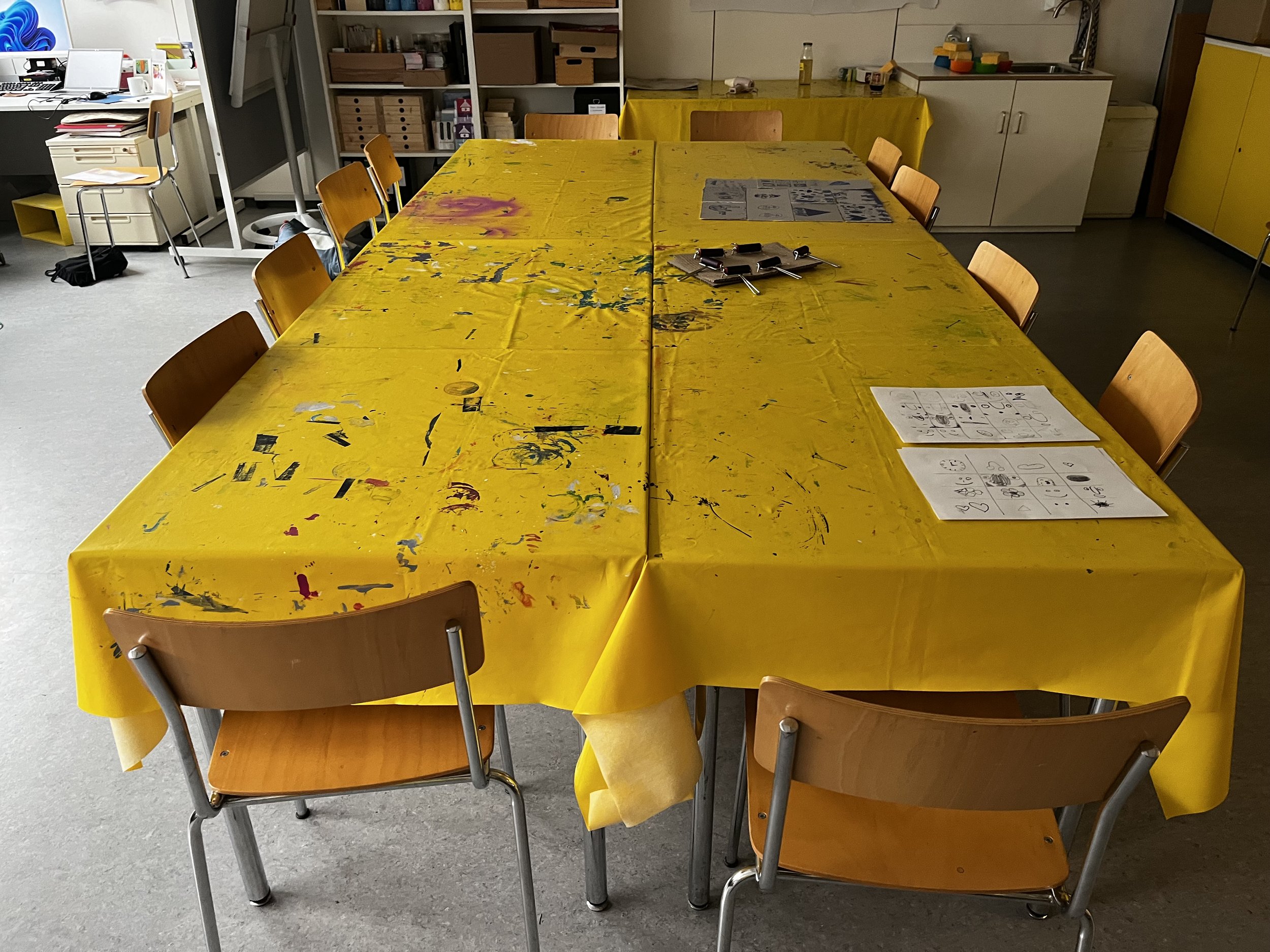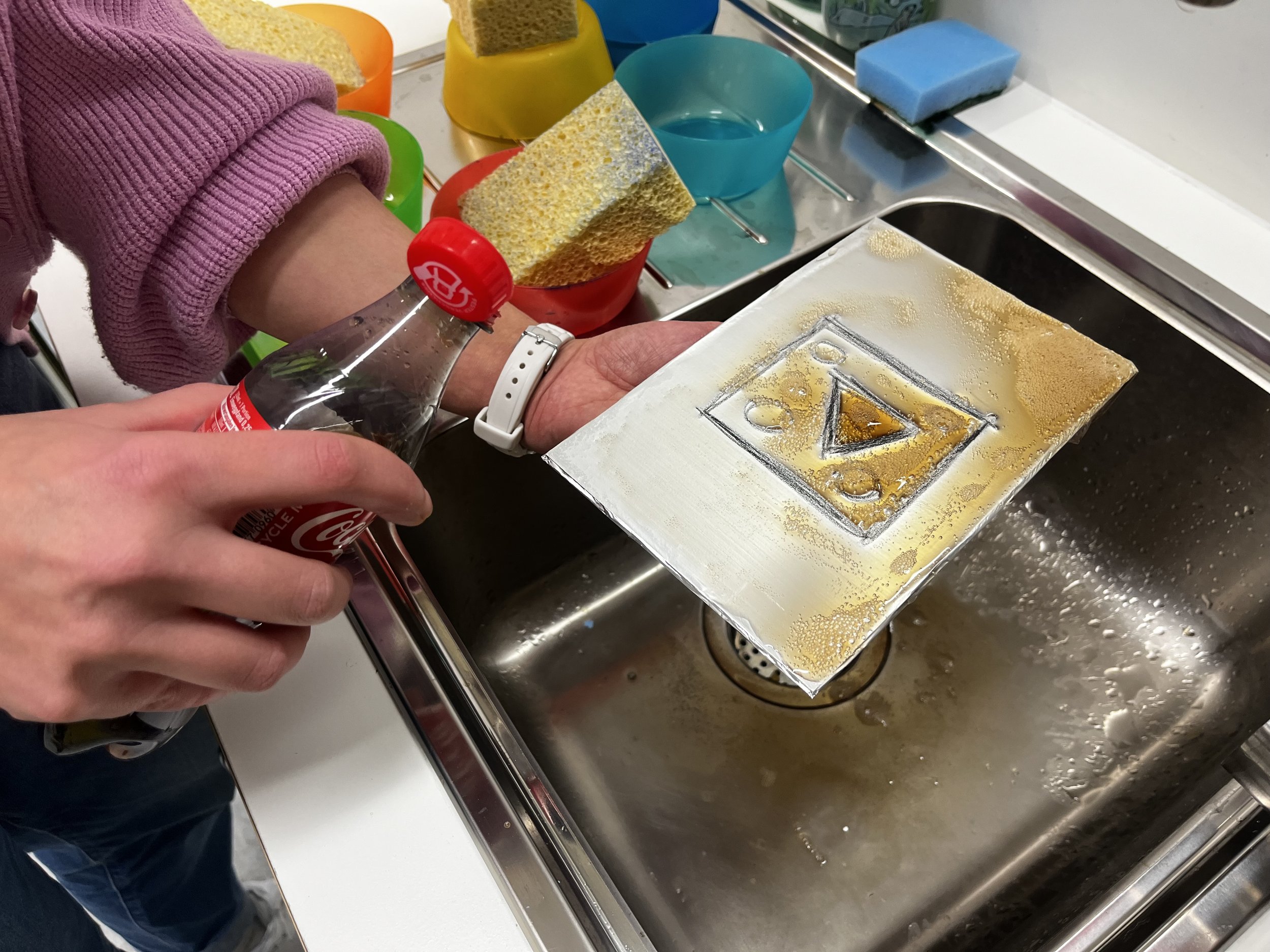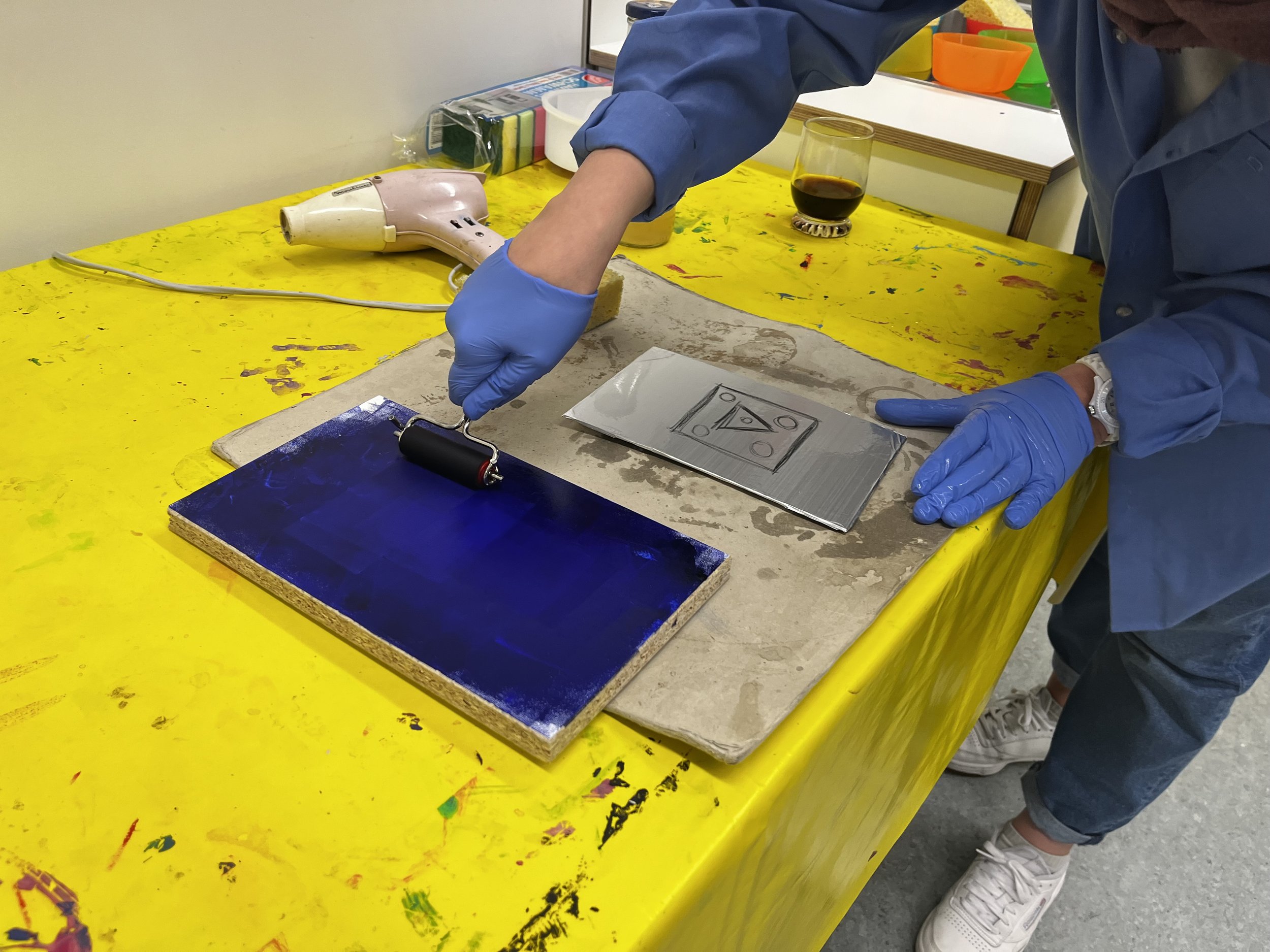Visit to the German Clock Museum
Recently I took a scenic train and a bus trip up to the black forest to visit the fascinating Deutsches Uhrenmuseum (German Clock Museum) in Furtwangen. Some of the education staff were kind enough to give me a tour and open up a dialog about possible connections in our work.
Cuckoo clocks could be a really interesting theme and inspiration for various tinkering activities as they combine elements of design, art, science, math, mechanisms, music, story telling, gears, nature, and more. It was great to chat and imagine possibilities for learner-driven explorations of some of these wide ranging topics using this amazing collection of clocks as high-ceiling examples.
The impressive collection of historical artifacts in the museum spans centuries of iterations and new technologies for time pieces. Alongside the walls full of objects, they keep a cabinet with more understandable and transparent models where people can see the inner workings of the devices and investigate some of the mechanisms.
This type of cam and cuckoo bellows mechanism demonstration already has inspired a round of music machine prototyping with the Tinkering Studio over the past few years and I can imagine many more projects based on elements of the clocks.
For even more sound and mechanisms inspiration, they have a whole section of the museum devoted to musical clocks. These feature elements like cam timers, large barrels with raised bumps that play melodies and linkages that activate a huge variety of instruments.
The museum is currently hosting a temporary exhibition of the lithograph works of local artist Paul Revellio. Lithography is related to clocks because it was the technique used to print some original clock dials and it’s a interesting topic in it’s own right that blends science and art.
One thing that drew my attention right away was a beautiful antique tool that the artist uses to make the prints sitting front and center in the gallery. It’s so cool to show the “behind the scenes” techniques which can demystify the process of making art.
I also got to see a demonstration of a related printmaking workshop that the education team has been prototyping to try with kids and adults. This almost magical technique uses foil, cola and wax drawing tools and was inspired by a pair of artists called Studio Lula. The workshop idea is described in more detail in their book, “In unsrer Küche wird gedruckt” or “Kitchen Lithography: Hand Printing at Home” and is a really cool supplement to the traveling show.
The team has also been experimenting with impromptu workshops on the museum floor for people to assemble and paint DIY cuckoo clock kits. This can be a first step for people to get hands-on with the process of putting together a clock and choosing how to customize the design.
I’m very interested to continue the conversations about how to connect hands on making and tinkering experiences with this incredible collection of ideas and objects. I’m curious about what kinds of materials, prompts, environments and facilitation strategies might provide visitors with the support they need to make discoveries, build confidence and agency and develop a hands-on understanding of some of the clock elements. I look forward to more conversations and potential collaborations with the group.
